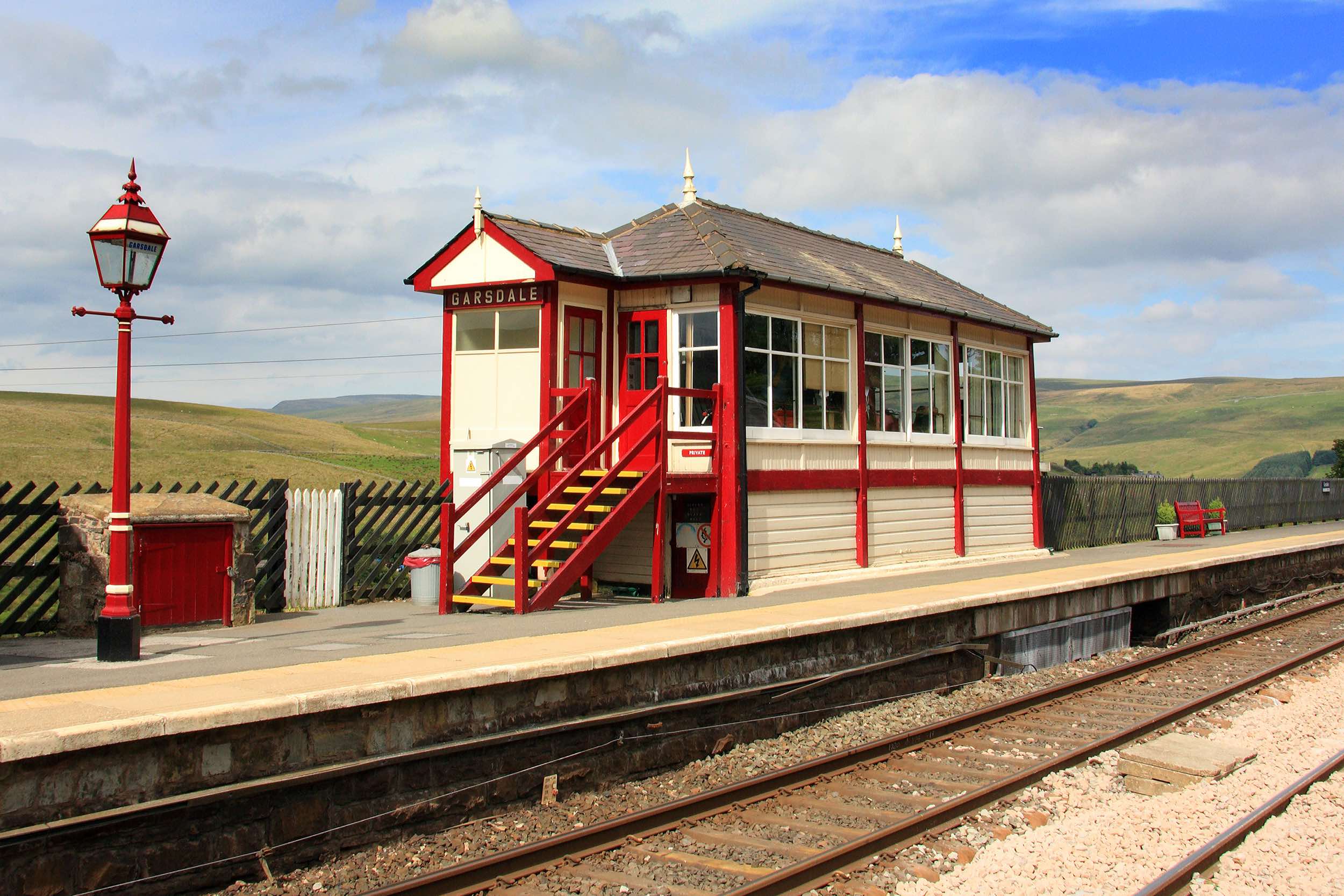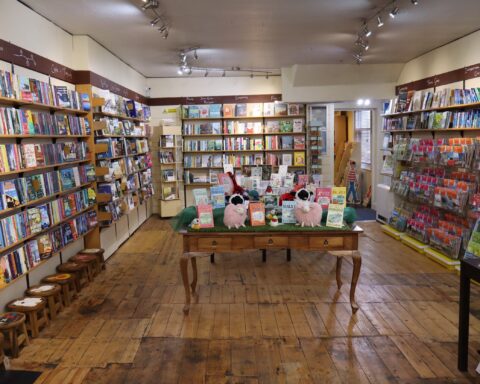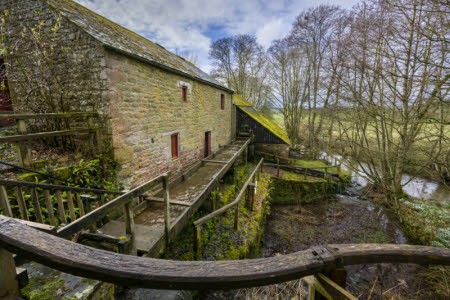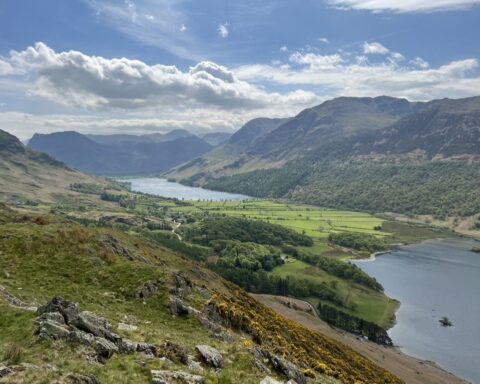The Settle to Carlisle Railway is undoubtedly one of the best known and best loved train lines in the country. When this scenic line was threatened with closure in 1983, enthusiasts came together to fight the plan – and won. Their six year-long, high-profile campaign also won the hearts of railway fans, of lovers of the northern landscape, of walkers and of people who simply enjoy travelling the country; after repairs to the Ribblehead Viaduct were completed in 1992 and the railway’s future was secured, the line became a firm favourite on the tourist trail of northern England. And for good reason…
The journey starts in the small market town of Settle in North Yorkshire, from where trains make their way north through the Yorkshire Dales National Park. As the line progresses through gorgeous Ribblesdale, it passes between two of the region’s most famous and eye-catching peaks: Pen-y-ghent and Ingleborough. Then it’s on to the Ribblehead Viaduct, a remarkable structure of 24 massive arches that carries travellers more than 100ft above the valley floor.
The line enters Cumbria, stopping first at Dent, the highest mainline station in England. It then continues to Garsdale before the hills enclosing Mallerstang close in around it. The highest point on the line is at Aisgill in Mallerstang, 1168ft above sea level. The next stop is Kirkby Stephen as the line begins its journey through the pretty Eden Valley, along the foot of the North Pennine escarpment and looking west into the Lake District National Park. Appleby-in-Westmorland, Langwathby, Lazonby and Armathwaite are all served by the railway as it follows the River Eden into historic Carlisle – the ‘Great Border City’ and the line’s northern terminus.
The construction of the Settle to Carlisle Railway would’ve been an amazing feat of engineering at any time, but let’s put this into some perspective… Work began on the 72-mile line in 1869 and finally opened to passengers seven years later. It has 14 tunnels, including one that is more than a mile long, and more than 20 viaducts. About 6000 men were involved in building it – and they built it almost entirely by hand, while living with their families in makeshift, unhygienic settlements often high up on bleak, inhospitable moorland. It’s hardly surprising then that many dozens, if not hundreds died – both in industrial accidents and from the diseases that were often rife in their shanty towns.
Today, the Settle to Carlisle line forms part of the national rail network, connecting with trains that run to Leeds, Newcastle, Glasgow, Edinburgh and, ultimately, to stations in the south including Euston. A few steam services are also run by specialist charter companies, but these are extremely popular and have to be booked well in advance.
The work of the enthusiasts who saved the line back in the 1980s continues today with the volunteers of the Friends of the Settle-Carlisle Line still toiling to improve facilities and services. They also maintain gardens and heritage features at the stations and look after the disused signal boxes at Armathwaite and Settle. In addition, the group helps to promote the line, runs shops at Settle and Appleby stations and organises guided walks.





